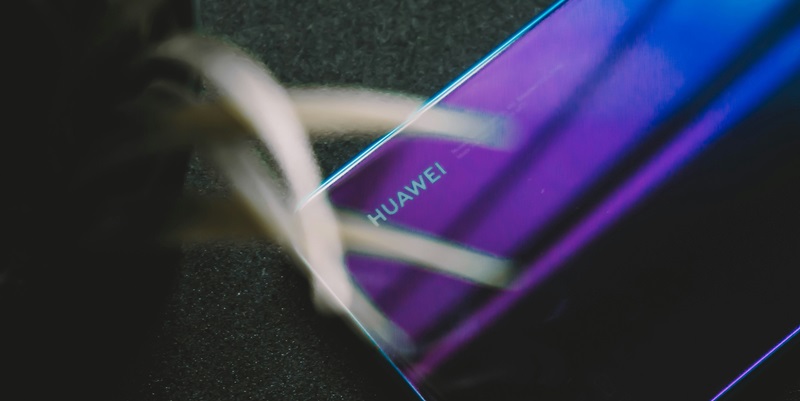Huawei is set to make waves in the smartphone market by announcing the imminent launch of its first foldable device under the Nova series. This development follows reports from Digital Chat Station, a well-known leaker, who reveals that the Nova 13 series, initially planned as mid-range smartphones for the Chinese market, has been postponed. However, the Nova series is set to transform significantly by incorporating foldable technology. The new device, referred to as a “Nova small folding” smartphone, is expected to make its debut as early as August 2024. This upcoming clamshell smartphone is anticipated to be a successor to the Pocket S, a less extravagant version of the P50 Pocket, which was introduced at a more affordable price point.
Strategic Shift in the Huawei Nova Series
The Nova series’ evolution from standard mid-range smartphones to advanced foldable technology indicates Huawei’s intent to stay competitive within the rapidly growing foldable smartphone market. This shift is not merely a product upgrade but a strategic maneuver aimed at capturing the burgeoning interest in foldable devices, a segment experiencing substantial growth and innovation. As of now, detailed specifications, design features, or functional attributes for the rumored Nova foldable have not been disclosed. However, the adaptation aligns with overarching industry trends and consumer demands.
Continuing the trend set by previous Huawei foldable devices like the P50 Pocket, the anticipated Nova foldable is expected to be more accessible in terms of pricing. Earlier iterations targeted the high-end market, often boasting premium features and a matching price tag. The forthcoming Nova foldable, mirroring the approach of the Pocket S, is likely aiming to strike a balance between innovation and affordability. This strategic move will enable Huawei to appeal to a wider audience, particularly those interested in the novelty and convenience of foldable devices but deterred by high costs.
Broader Industry Trends and Market Dynamics
The increasing consumer interest and demand for foldable devices are not isolated phenomena but are part of a broader industry trend. Multiple brands such as Xiaomi, Motorola, and Honor have released competitive models, including the Motorola Razr 2023 and Honor’s Magic V Flip. These developments suggest a broader industry move toward foldable technology driven by concurrent innovations in hardware and the appeal of cutting-edge designs that combine functionality with style.
Huawei’s entry into the foldable device segment under the Nova series underscores the emphasis on accessibility and broader market reach. Competitive pricing strategies are a clear indication of this focus. By offering foldable devices at more affordable price points, these brands make the technology more accessible to a diverse consumer base, potentially sparking wider adoption and greater market penetration. The excitement surrounding foldable devices is contributing to a dynamic marketplace where the growth and innovation norms are being continually reset.
Looking Ahead: Impact and Consumer Reception
Huawei is poised to shake up the smartphone industry by announcing the pending release of its inaugural foldable device under the Nova series. According to Digital Chat Station, a renowned leaker, this exciting development comes amidst a delay of the Nova 13 series, which was originally slated to launch as mid-range smartphones catered to the Chinese market. Instead, Huawei plans to pivot the Nova series toward foldable technology, marking a significant transformation.
The new foldable device, tentatively dubbed the “Nova small folding” smartphone, is projected to debut as early as August 2024. This clamshell-style phone is expected to follow in the footsteps of the Pocket S, which itself was a more budget-friendly alternative to the P50 Pocket. By integrating foldable technology into the Nova series, Huawei aims to diversify its product line and tap into the growing demand for innovative and flexible smartphone designs. This approach suggests Huawei’s commitment to staying at the forefront of smartphone technology while offering a range of products that cater to various market segments and price points.

